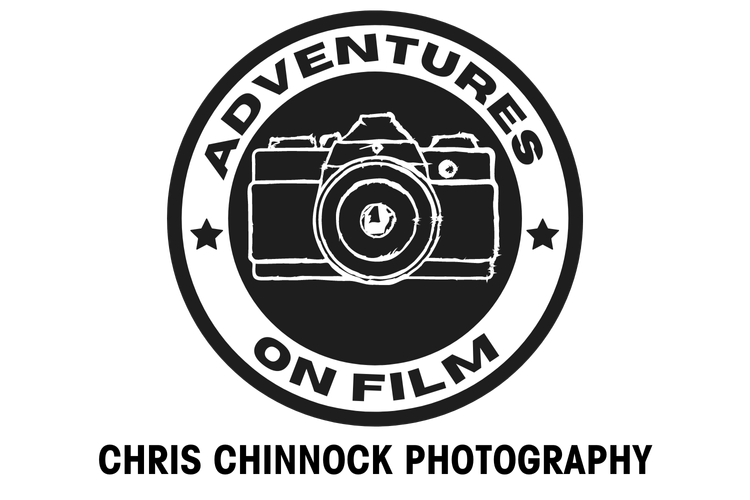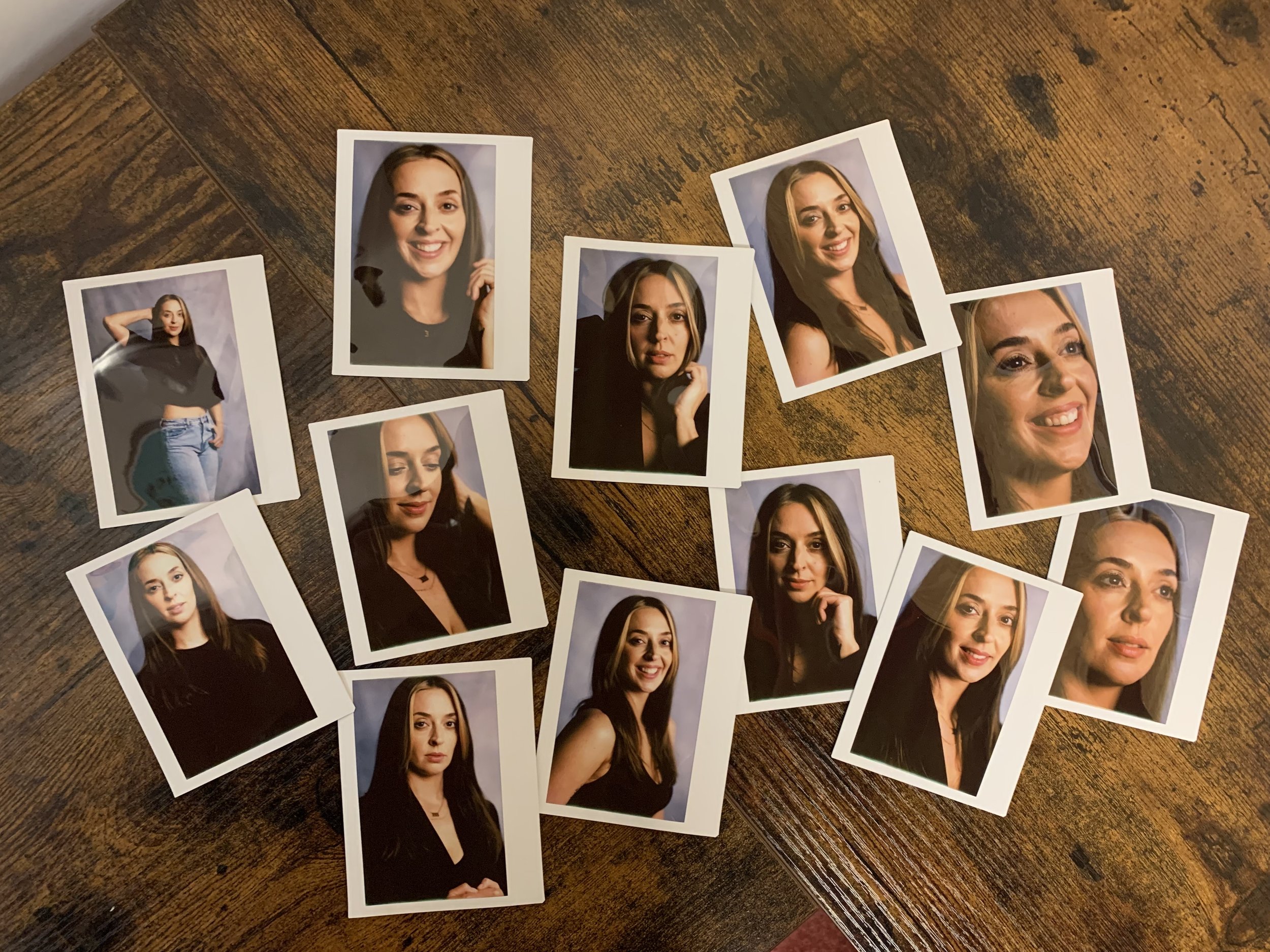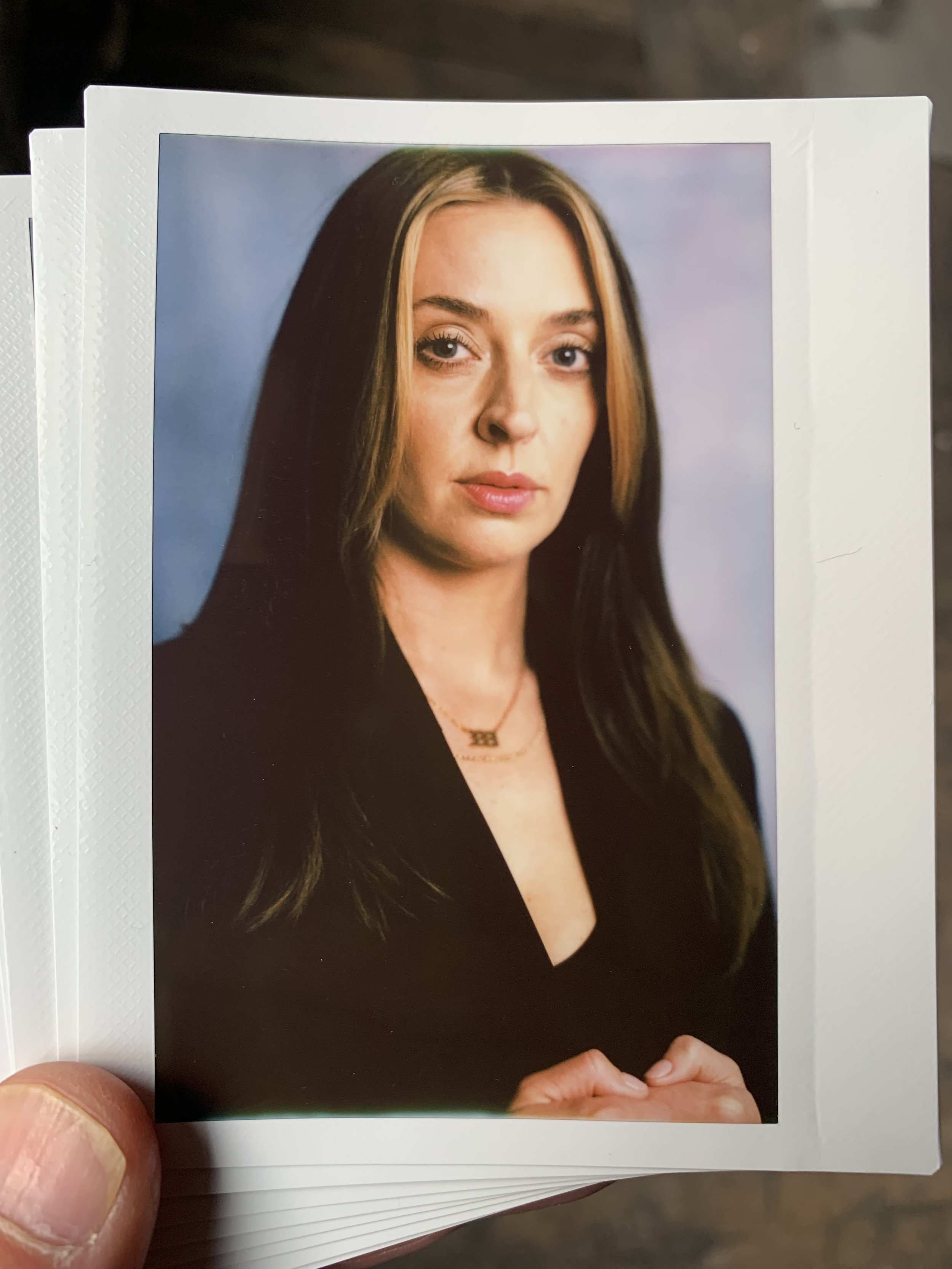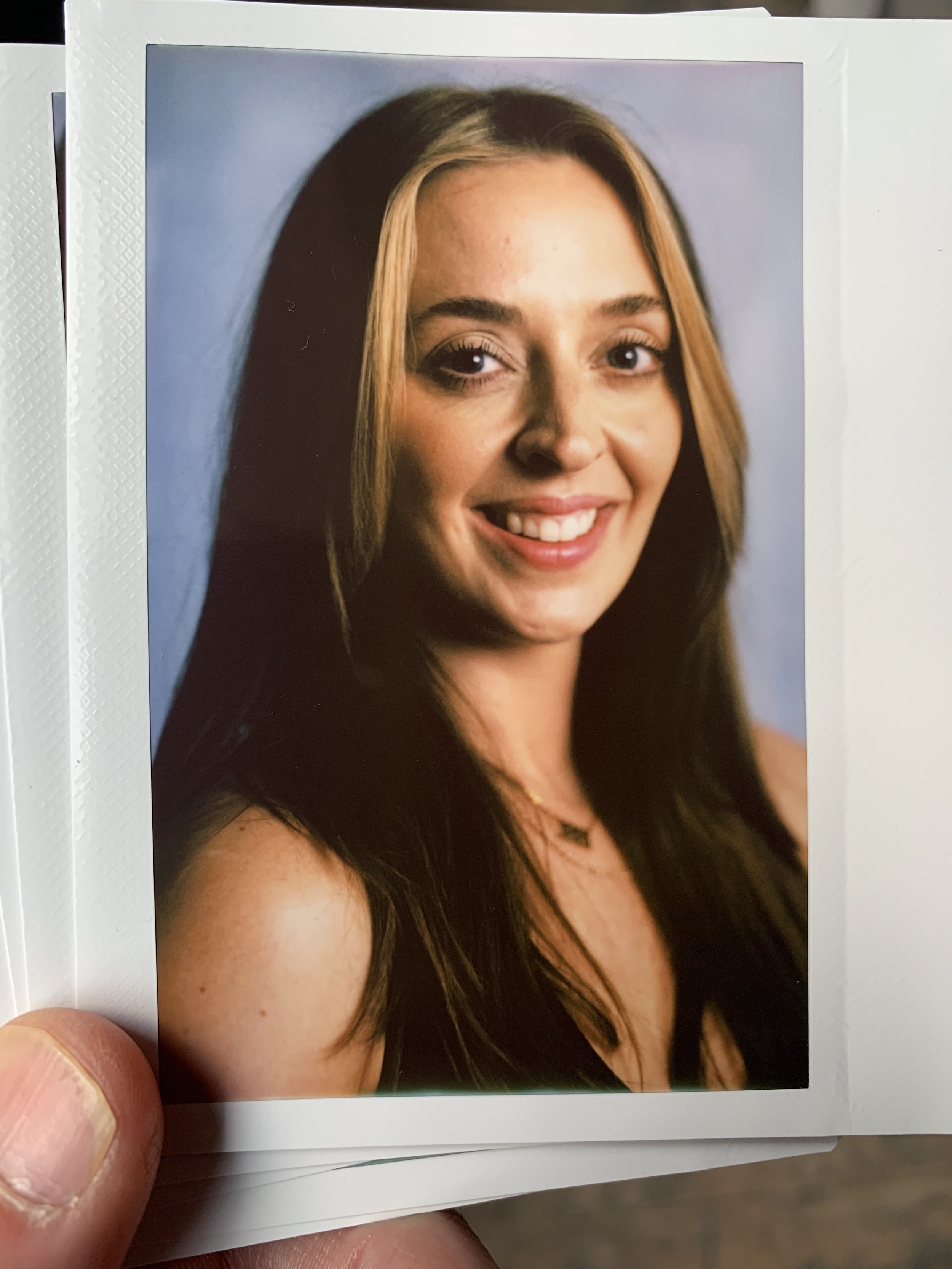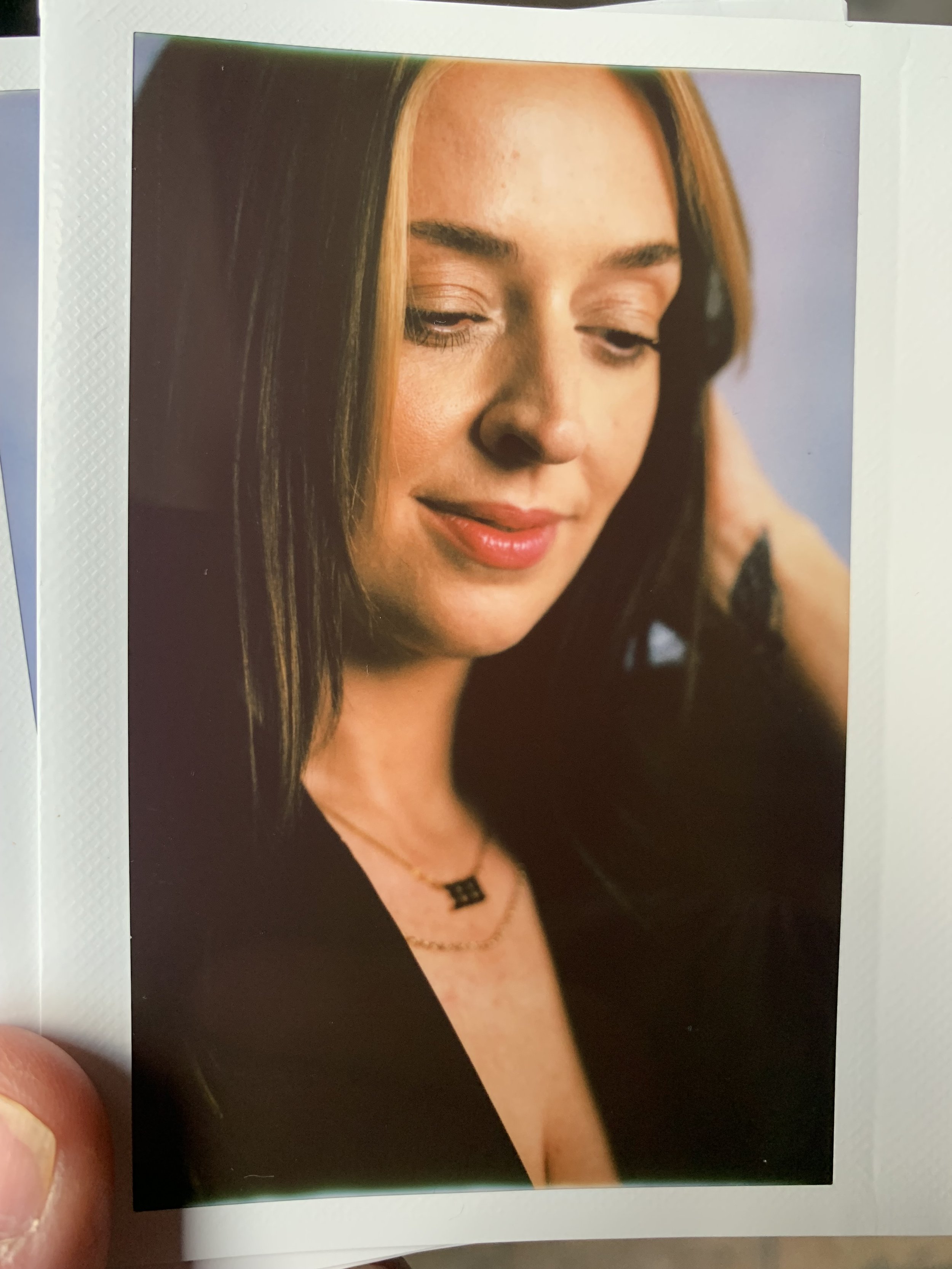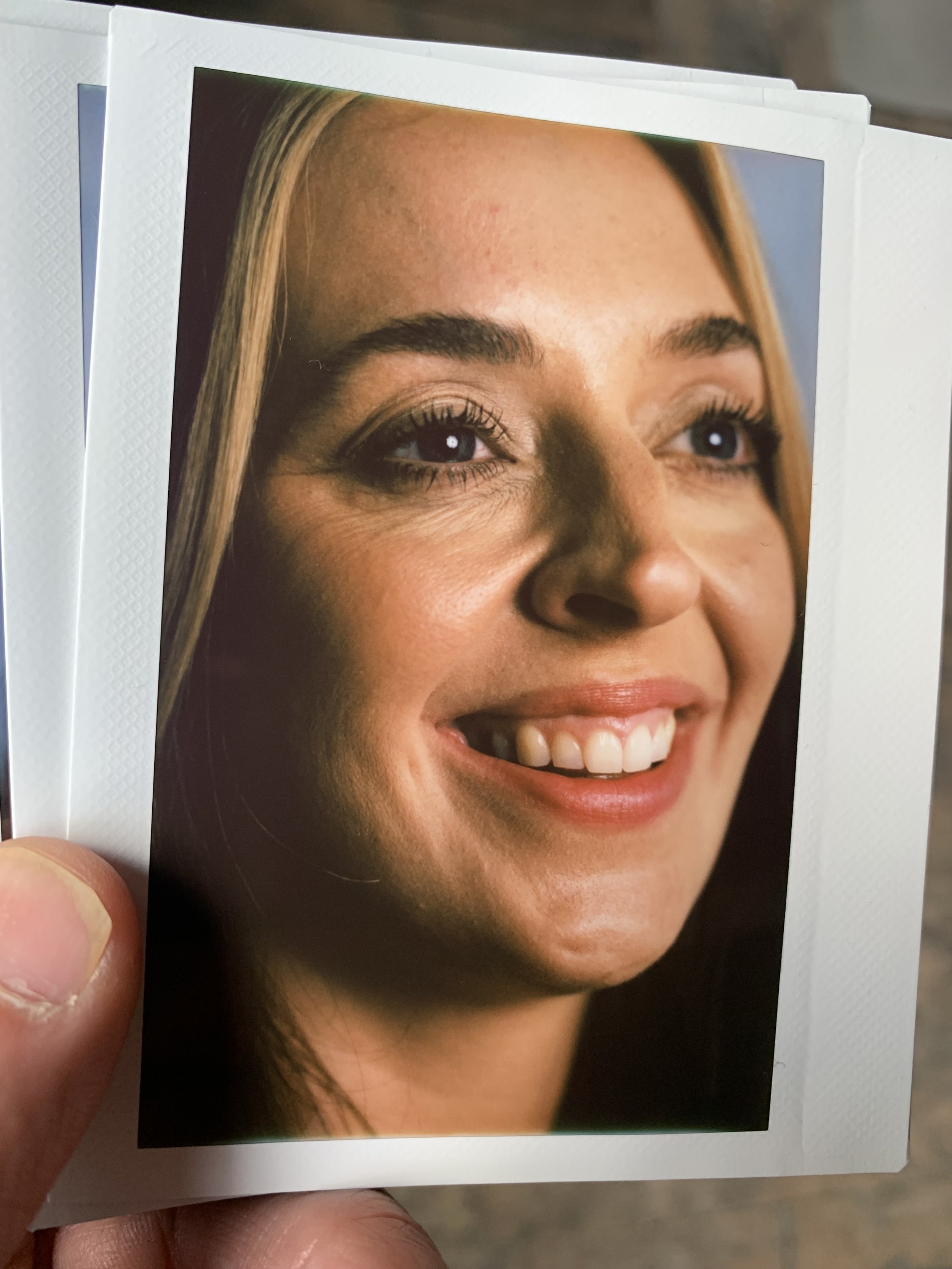Tradition demands that I start this blog with an apology for my tardiness of late!! In my defence I have been busily building a business and all my energies have been focussed on that - and over recent months I’ve not had much time to shoot - but when I glanced at the blog page the other day I was mortified to see that the last published blog was in FEBRUARY!! I have definitely got some cool stuff to share with you since then so to make amends here’s the first in what I hope will be a little flurry of new activity!
Down to business then!
I bought the Speed Graphic camera as my first foray into 4X5 large format photography and ostensibly my motivation was to give me a platform that I can shoot the legendary Kodak Aero Ektar lens with - I’ve already blogged about that a million years ago HERE and HERE.
I flipping love shooting with this camera, it’s wonderful! I did have encounter an issue with my speed graphic with the shutter speeds being a bit erratic but since the camera is from about 1948 I think it’s fair enough!
I had the camera service by a George Walsh in Liverpool who I HIGHLY recommend and its back in fully working order! The Speed Graphic and Aero Ektar are a good match because of that built in shutter - it means you can effectively stick any bit of glass that covers the film size on the front and shoot away! It does however mean that it’s not so good for studio work and that my friends is my very very long winded (and suspiciously self justifying) reason for buying another lens for my 4x5 camera - the Schneider 210mm f5.6 - it has a built in leaf shutter which means I can hook it up to some studio strobes!!
With the flick of a switch on the speed graphic I can disengage the built in focal plane shutter on the camera body and use the leaf shutter in the lens - lovely!! I got the lens for an absolute bargain price because the slower shutter speeds don’t work but I wasn’t bothered about that cos in the studio I’m really only going to be using the faster speed (everyone keeping track of all this? There’s a quiz at the end ya know)!
Any road, let’s talk about the shoot!
I wanted to use the Lomograflock back and shoot some instax film to see how it performed under studio conditions (I also shot some 4X5 sheet film but had a bit of a ‘mare with that).
Becca was kind of enough to join me in the studio and help me test everything out and as you can see from the images - we got some really flipping cool shots!! I LOOOOOOVE shooting instant film, I mean REALLY love it! I bought the lomograflok out of curiosity but honestly it’s a really great way to shoot the speed graphic and you get that instant kick when you see the image appear!
Working with film in a studio situation is…. challenging, but in a fun way! I use my handheld meter initial to give me a ball park reading, now Instax film is 800 speed but in natural light I’ve tended to shoot it at 640, in the studio I was between 400 and 640 for most of these shots, the lens was wide open at 5.6 (which is actually quite fast for large format) and the shutter was generally at 1/400 which is as fast as it’ll go!
Right enough technobabble - I am embracing these new fangled ‘moving’ images so that I can show what went on during the shoot as well as the resulting images!!
I’ve mentioned previously the process of using the lomograflok back which has a few steps involved and when shooting portraits it’s vital that you communicate the need for your subject to hold as still as possible while you attach the film holders etc fortunately Becca was amazing at this and we got lots of nicely sharp shots!
I did manage to get one good 4X5 frame out of the shoot as well, but I did lose a sheet as well because I hadn’t quote loaded it properly and couldn't get the dark slide back in! oh well! thems the breaks as they say - I’ll share the large format shot in a future post! B
Huge thanks to Becca for being such a great model and creative collaborator and thanks to anyone who has read this far - well done!
